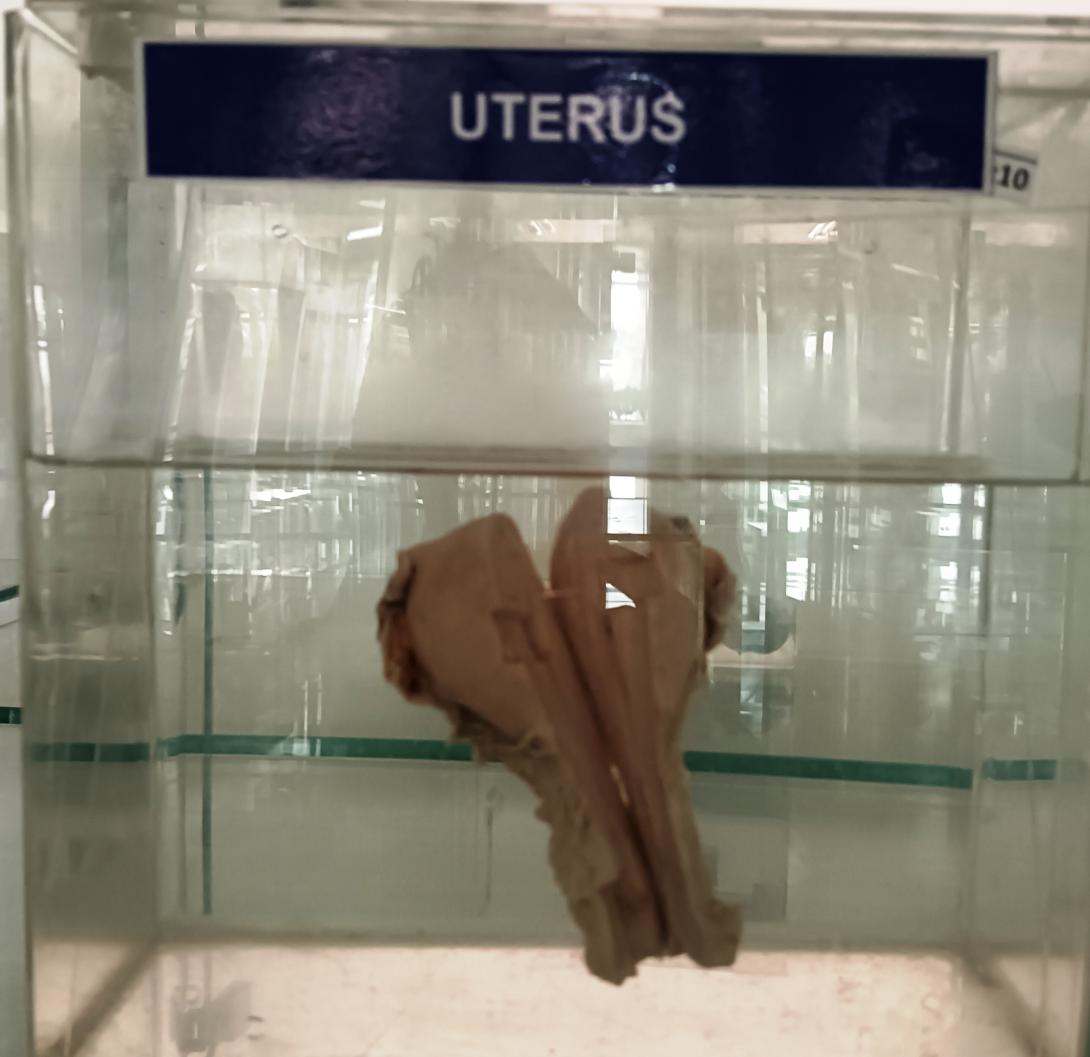The uterus is a hollow, pear-shaped organ that is an essential part of the female reproductive system. Here are some gross anatomical points related to the uterus:
- Location: The uterus is located in the pelvic cavity, between the bladder and rectum, and is held in place by several ligaments.
- Size and shape: The size and shape of the uterus can vary depending on age and reproductive status. In a non-pregnant adult, the uterus is approximately 7.5 cm long, 5 cm wide, and 2.5 cm thick. It is typically pear-shaped with a broad upper part, the fundus, and a narrow lower part, the cervix.
- Layers: The uterus has three main layers:
- Perimetrium: The outermost layer of the uterus that is a thin layer of connective tissue.
- Myometrium: The middle layer of the uterus that is composed of smooth muscle tissue. The myometrium is responsible for the contractions of the uterus during labor and menstruation.
- Endometrium: The innermost layer of the uterus that is a glandular lining. The endometrium thickens and sheds during the menstrual cycle.
- Structures: The uterus is composed of several structures, including:
- Fundus: The rounded upper part of the uterus that lies above the entrance of the fallopian tubes.
- Body: The main part of the uterus between the fundus and the cervix.
- Cervix: The lower, narrow part of the uterus that connects to the vagina.
- Uterine cavity: The hollow space inside the uterus where the fetus grows during pregnancy.
- Fallopian tubes: Two tubes that extend from the uterus towards the ovaries. The fallopian tubes are the site of fertilization of the egg by the sperm.
Rack Number
Specimen Number
33

